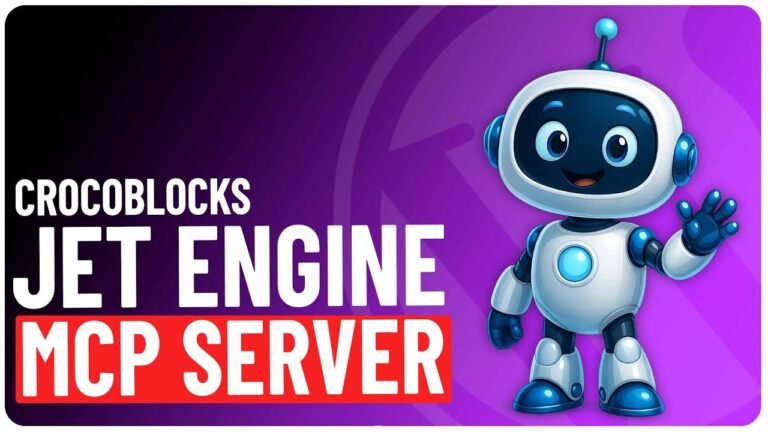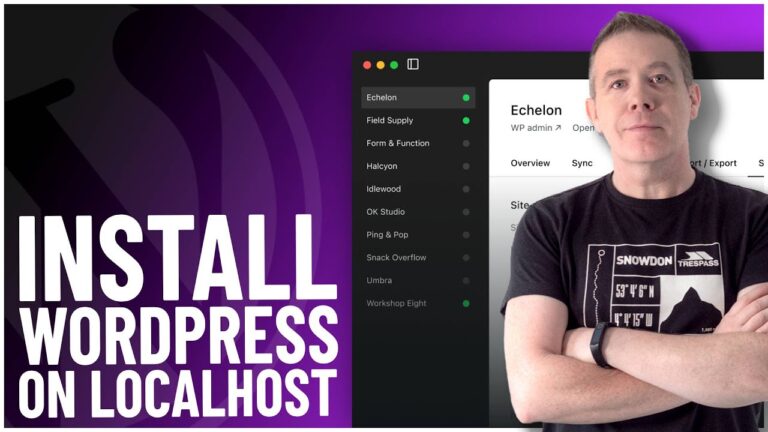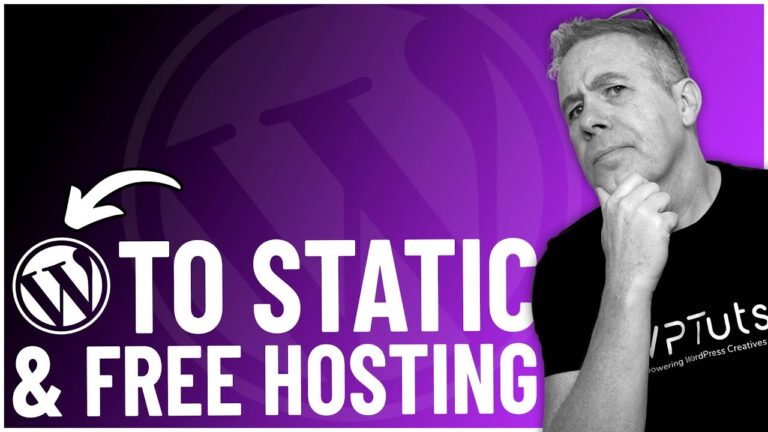If you’re new to the world of WordPress but want to get a head start on building your first blog or if you’re looking for a great overview of the free Blocksy theme, then I think this WordPress tutorial for beginners is going to be perfect for you. Plus, we’ll be doing all of this in around 90 minutes!
I’m going to take you step-by-step through the entire process of building a blog with WordPress. I’ll also show you how to purchase your hosting and domain name, add an SSL certificate for security and how to start adding your own content as well as the basics of SEO or Search Engine Optimisation.
By the time you’ve finished this video, you should be ready and able to build your own WordPress blog. If you want to learn more once you’ve completed this video, there will be some useful links in the description below to help you get to know SEO in more detail along with some other really useful things.
If you want to jump around or go back to a previous topic, there are full timestamps in the description below for ease.
Ready to get started? Great, let’s start by taking a look at the end result we’ll be working towards today.
1. Hosting & Domain

Now we’ve taken a quick look at the end results, let’s start this tutorial by grabbing some hosting and a domain name.
If you’re not familiar with the term hosting or what it is, the easiest way to understand it is that like your own computer or laptop, the files needed to view the Internet or use applications like Microsoft Word are stored on your computer and when you click the icon to launch that application, it loads the files in and opens the program.
A hosting company does the same thing for your website. They have servers (big computers with loads of storage) that hold the software required to store and deliver your website to anyone with a link or the URL to the site or page.
So, when someone types in the link to your website, those servers will send the relevant files to display that page to the user’s browsers via the Internet and they then see the web page in their browser.
So, to be able to make your blog available to anyone interested, we need to have hosting in place to store all the website files there.
For this tutorial, we’ll be using SiteGround, but there are lots of great alternative hosting companies you could choose from.
2. Installing WordPress

Now we have our domain registration and hosting setup and we also have our security in place to protect any of our visitors when they post comments or use our contact form, we need to install WordPress and start the exciting job of building our new blog.
3. Installing Blocksy
As I mentioned at the beginning of this video, for this tutorial we’ll be using the free version of the Blocksy theme for WordPress. If you’re not familiar with WordPress or the concept of themes, they are basically an effortless way of installing a completely different design for your WordPress site and they generally come with loads of really cool customisation features.

Okay, so let’s see how to install Blocksy and get started building our awesome looking new blog.
4. A Quick Tour of the Customiser
Before we start setting everything up, let me give you a very brief overview of the WordPress customiser and how it’s set up as we’ll be spending a fair bit of time here setting up, tweaking and configuring our theme to get the most out of it.

5. Adding Your First WordPress Post
Before we start designing our site, we’ll need a little bit of content to see exactly how our changes impact the design of our blog. So, if you’re new to WordPress and how to add content, this will be super useful for you. However, if you’re already comfortable adding and organising posts, you can skip this section using the timestamps below.
6. Setting Up The Header & Footers
Now we’re ready to get stuck in and start realising our design idea. Let’s kick things off by designing and building our headers and footers for the entire website with the powerful header and footer builders built directly into the Blocksy theme.

7. Building The Homepage
Probably the most important page on your entire website, the homepage needs to capture the message you want to convey to your intended audience. As we’re working on a blog today, we want to entice people by letting them see either the latest blog posts or a selection of our most important ones.
With that in mind, let’s move on to setting up the design for our homepage with a nice strong, visual design.
8. The Blog Section
What good would a blog be if we didn’t have a great looking blog section? Let’s move on now and set that up to mimic our homepage and provide a real sense of continuity of design.
9. Contact Page
While not strictly a vital part of a blog, it can be really useful to have a contact page to allow your growing fan base to be able to contact you if they need to. So, let’s take a look at how to easily add a contact page to our new blog.
10. SEO
Now we’ve built the blog and it’s ready for you to add in your awesome and life-changing content, we also need to help the search engines like Google be able to see our content and give us the best chance of getting it ranked for our chosen topic.
To do that, we need to add some more features to WordPress to allow us to add some extra information to help us show up more consistently in the search engine results. For that, we’ll be using another free plugin called Rank Math.

✅ Rank Math SEO Tutorial: https://www.youtube.com/watch?v=d6v0gkEoqII
► UPGRADE TO PRO ◄
✅ Blocksy Pro: https://jo.my/y67ten
✅ Rank Math Pro: https://jo.my/rmpro
► HOSTING PROVIDERS ◄
✅ SITEGROUND: https://jo.my/sgwptuts
✅ CLOUDWAYS: https://jo.my/1feeng8
► THE TOOLS I LOVE ◄
If you like what we do and would like to support us, please consider using these affiliate links when purchasing any of the plugins covered in our tutorials. Thank you for your support.
► MY PREFERRED HOSTING PROVIDERS ◄
✅ CloudWays: https://jo.my/1feeng8
✅ SiteGround: https://jo.my/sgwptuts


